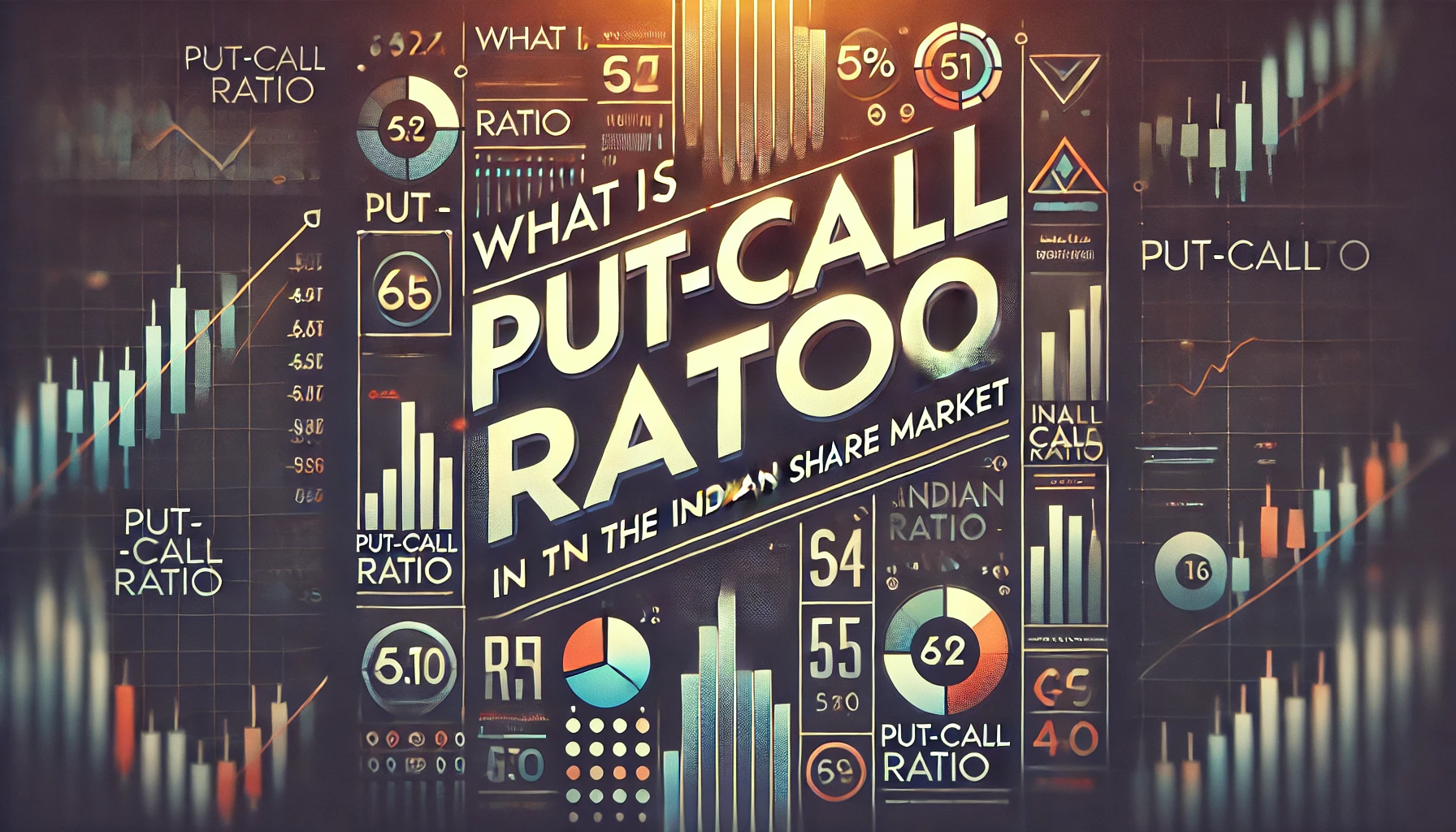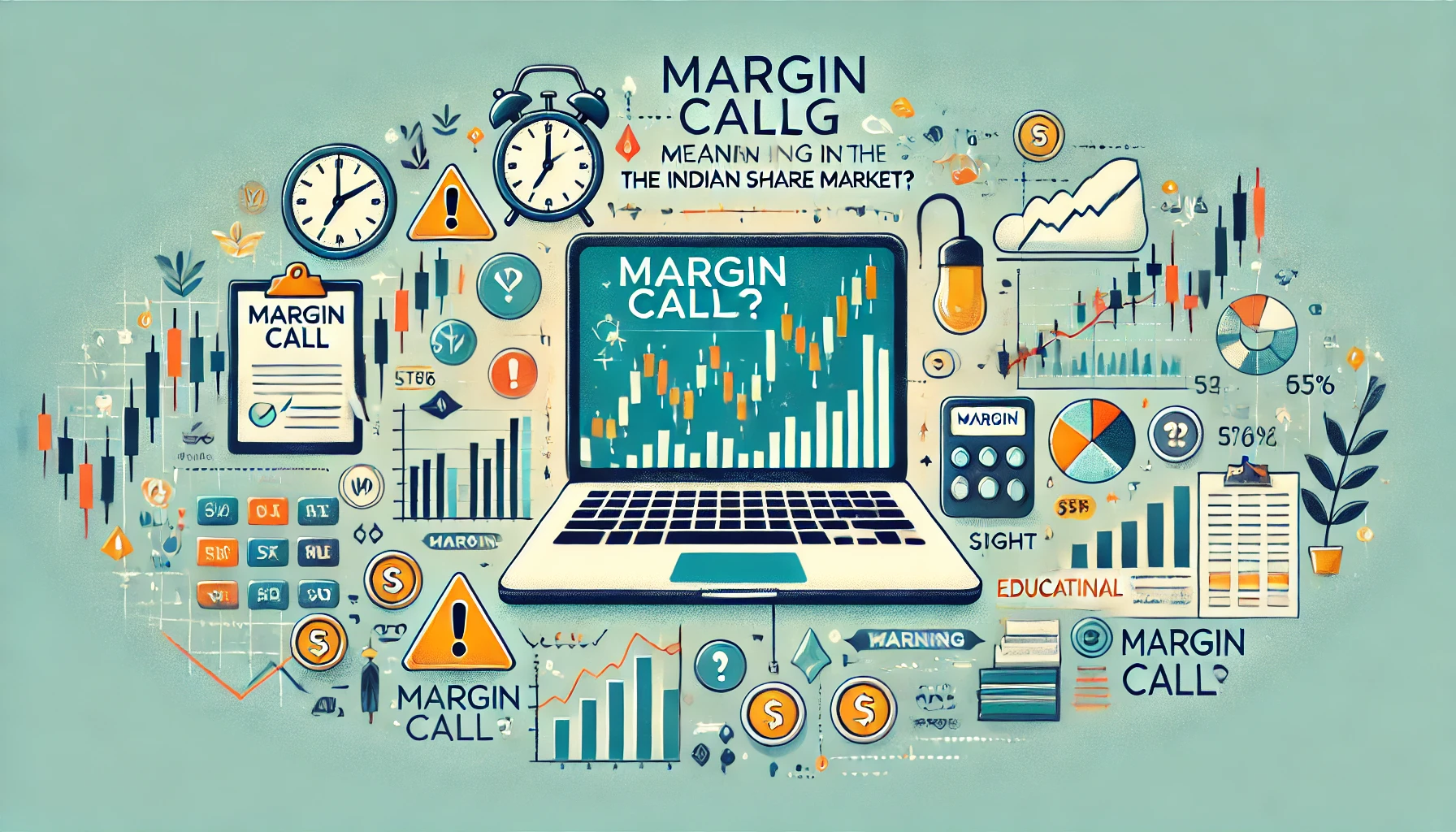The cost of carry is an essential concept in futures trading that reflects the cost of holding or carrying an asset over a period of time. In the context of the Indian share market, it plays a pivotal role in pricing futures contracts. Understanding the cost of carry allows traders to make informed decisions about whether to buy or sell futures based on the differential between the spot price and the futures price of an asset.
This article explores the concept of cost of carry, its components, and how it is calculated in the Indian share market. We will also examine historical trends, the factors that influence it, and how it impacts trading strategies.
Defining the Cost of Carry
In the simplest terms, the cost of carry is the total cost involved in holding a position in a financial instrument, such as futures, until its expiration. These costs include interest rates, storage costs (for commodities), insurance, and any dividends foregone.
Mathematically, the cost of carry can be expressed as:FuturesPrice=SpotPrice+CostofCarryFutures Price = Spot Price + Cost of CarryFuturesPrice=SpotPrice+CostofCarry
Where:
- Futures Price is the price agreed upon in the futures contract.
- Spot Price is the current market price of the asset.
- Cost of Carry is the cost incurred to carry the asset until the futures contract expires.
Components of the Cost of Carry
Several factors contribute to the cost of carry, including:
- Interest Rates: One of the primary components of the cost of carry is the interest rate. When an investor buys an asset, they may finance the purchase by borrowing money, which incurs interest.
- Storage Costs: If the asset is a physical commodity like gold or oil, the cost of storing the asset also contributes to the cost of carry.
- Dividends Foregone: In the case of stock futures, if the underlying stock pays a dividend, the holder of the futures contract will not receive it. This loss is factored into the cost of carry.
- Insurance Costs: For commodities and physical assets, insurance costs to protect against loss or damage can also form part of the cost of carry.
The Cost of Carry in Indian Futures Market
In the Indian share market, the cost of carry is primarily relevant for stock and index futures. The National Stock Exchange (NSE) and Bombay Stock Exchange (BSE) offer futures contracts for various stocks and indices like Nifty 50 and BSE Sensex.
Stock futures are cash-settled and do not involve the actual delivery of the underlying asset. However, the cost of carry still influences the pricing of these contracts. A positive cost of carry implies that the futures price will be higher than the spot price, while a negative cost of carry indicates that the futures price will be lower.
Historical Data on Cost of Carry
To better understand the concept of cost of carry, let’s look at historical data. The following table shows the cost of carry for Nifty 50 futures over the past four years, along with its impact on futures prices.
Table 1: Nifty 50 Futures – Cost of Carry and Futures Prices (2019-2023)
| Year | Spot Price (Nifty 50) | Cost of Carry (%) | Futures Price |
|---|---|---|---|
| 2019 | 11,500 | 1.20% | 11,638 |
| 2020 | 10,500 | 0.95% | 10,600 |
| 2021 | 14,300 | 1.05% | 14,450 |
| 2022 | 15,800 | 1.15% | 15,982 |
| 2023 | 17,500 | 1.30% | 17,730 |
Calculation of Cost of Carry
The cost of carry can be calculated using the following formula:
CostofCarry=(FuturesPrice−SpotPrice)/SpotPrice×100
For example, if the spot price of a stock is INR 1,000 and the futures price is INR 1,020, the cost of carry would be:
CostofCarry=((1,020−1,000)/1,000)×100=2
This calculation shows that the cost of carrying the stock for the duration of the futures contract is 2%.
Factors Influencing Cost of Carry
Several factors can influence the cost of carry in the Indian share market:
- Interest Rate Fluctuations: Higher interest rates increase the cost of borrowing and, consequently, the cost of carry. Conversely, lower interest rates reduce the cost of carry.
- Dividend Announcements: If the underlying stock pays a dividend during the contract period, it reduces the cost of carry, as the holder of the futures contract does not receive the dividend.
- Market Sentiment: Bullish or bearish market conditions can influence the cost of carry. During a bullish market, futures prices may rise faster than the spot price, increasing the cost of carry.
- Liquidity: Highly liquid stocks and indices tend to have a lower cost of carry due to the ease of trading, while illiquid assets may have higher costs due to the difficulty in buying or selling positions.
Cost of Carry and Arbitrage Opportunities
Arbitrageurs in the Indian share market use cost of carry to identify opportunities for risk-free profits. If the futures price is significantly higher than the spot price plus the cost of carry, arbitrageurs can profit by simultaneously selling futures and buying the underlying asset.
This strategy is known as cash-and-carry arbitrage, where an investor takes advantage of mispricing between the spot and futures markets. The following table shows an example of such an opportunity:
Table 2: Example of Cash-and-Carry Arbitrage
| Spot Price | Futures Price | Cost of Carry | Arbitrage Opportunity |
|---|---|---|---|
| INR 1,000 | INR 1,030 | 2% | Profit by buying spot and selling futures |
In this case, the futures price is higher than the spot price plus the cost of carry, creating an arbitrage opportunity.
Impact of Cost of Carry on Trading Strategies
The cost of carry has a direct impact on various trading strategies in the derivatives market:
- Hedging: Investors use futures to hedge their positions in the spot market. Understanding the cost of carry helps them calculate the premium they are paying for this hedge.
- Speculation: Speculators rely on the cost of carry to determine whether the futures price is likely to move in their favor.
- Arbitrage: Arbitrageurs use the cost of carry to exploit mispricing between the futures and spot markets.
Real-World Example: Cost of Carry in Commodity Futures
The cost of carry is not limited to stock futures. It also plays a crucial role in commodity futures trading. For instance, in gold futures, the cost of carry includes storage, insurance, and interest costs.
Let’s take a look at the cost of carry for gold futures over the past five years:
Table 3: Gold Futures – Cost of Carry (2018-2023)
| Year | Spot Price (Gold) | Cost of Carry (%) | Futures Price |
|---|---|---|---|
| 2018 | 30,500 | 1.10% | 30,838 |
| 2019 | 32,800 | 1.15% | 33,175 |
| 2020 | 49,000 | 0.90% | 49,441 |
| 2021 | 47,500 | 0.85% | 47,900 |
| 2022 | 53,000 | 0.95% | 53,505 |
Conclusion
The cost of carry is an essential factor in the Indian share market, influencing the pricing of futures contracts and shaping trading strategies for investors, hedgers, and arbitrageurs. By understanding the components and calculation of the cost of carry, traders can better assess the potential risks and rewards of holding futures positions.
For those involved in futures trading, the cost of carry serves as a key indicator of the relationship between the spot price and futures price, enabling more informed investment decisions.

What Is Implied Volatility?
In the realm of Indian share market derivatives, implied volatility (IV) plays a crucial role …

What is Margin Funding?
Margin funding is a powerful tool in the Indian share market that allows traders to …

Forward vs Future contract
In the Indian share market, derivatives such as forward and future contracts play a pivotal …

What is Margin Money?
Margin money is a crucial aspect of trading in the Indian share market, especially in …

What is Put-Call Ratio?
The Put-Call Ratio (PCR) is one of the most widely used indicators in options trading …

What is Derivatives?
Derivatives are financial instruments whose value is derived from an underlying asset or benchmark. In …

What is Cost of Carry?
The cost of carry is an essential concept in futures trading that reflects the cost …

What is futures
Futures are a fundamental part of derivatives trading in the Indian stock market. They allow …

Bullish Option Strategies
In the ever-evolving world of derivatives trading, options have become a powerful tool for investors …

Understanding Physical Settlement in Futures & Options Contracts: A Comprehensive Guide
In the world of derivatives trading, the concept of physical settlement has gained prominence, particularly …

what are call options
The Indian share market has expanded significantly over the years, attracting a growing number of …

What Is Credit Spread Strategy
In the world of options trading, the credit spread strategy is one of the most …

What Is a Forward Contract
A forward contract is a customized financial agreement between two parties to buy or sell …

Types of Derivatives in India
The Indian derivatives market has grown exponentially, becoming a vital tool for investors and traders …

What is Swaps Derivatives
In the world of derivatives, swaps are a special class of contracts that allow two …

Intrinsic Value and Time Value of Options
Options trading is one of the most widely used financial instruments in the Indian share …

What is Open Interest?
In the world of derivatives, the concept of “Open Interest” plays a crucial role in …

Types of underlying assets in derivatives
The Indian derivatives market has grown exponentially over the last few decades, thanks to its …

derivatives on Option Volatility & Pricing Strategies
The Indian share market derivatives segment is a dynamic environment where advanced traders rely heavily …

What is Futures Contract
The Indian share market offers various financial instruments that provide opportunities for investors and traders. …

What is implied volatility in options?
In the world of options trading, one of the most crucial elements to understand is …

Futures Pricing Formula
The Indian share market is known for its dynamic nature and offers various opportunities for …

What is an ITM Call Option?
The world of options trading is filled with technical terms that are crucial for investors …

What is Max Pain Theory?
The Indian share market is full of strategies and theories that traders use to predict …

What is OTM Call Options
In options trading, terms like “in the money” (ITM), “at the money” (ATM), and “out …

What Is Rollover
Rollover is a common term in the world of futures and derivatives trading, especially in …

Futures Prices Converge Upon Spot Prices
In the world of financial markets, futures contracts play a significant role. One of the …

Call Ratio Back Spread
In the Indian share market, advanced trading strategies such as the Call Ratio Back Spread …

Margin Call Meaning
A margin call is one of the most critical warnings in trading, often marking a …

What is Bermuda Option?
The financial markets are full of complex instruments, and one such tool is the Bermuda …


















